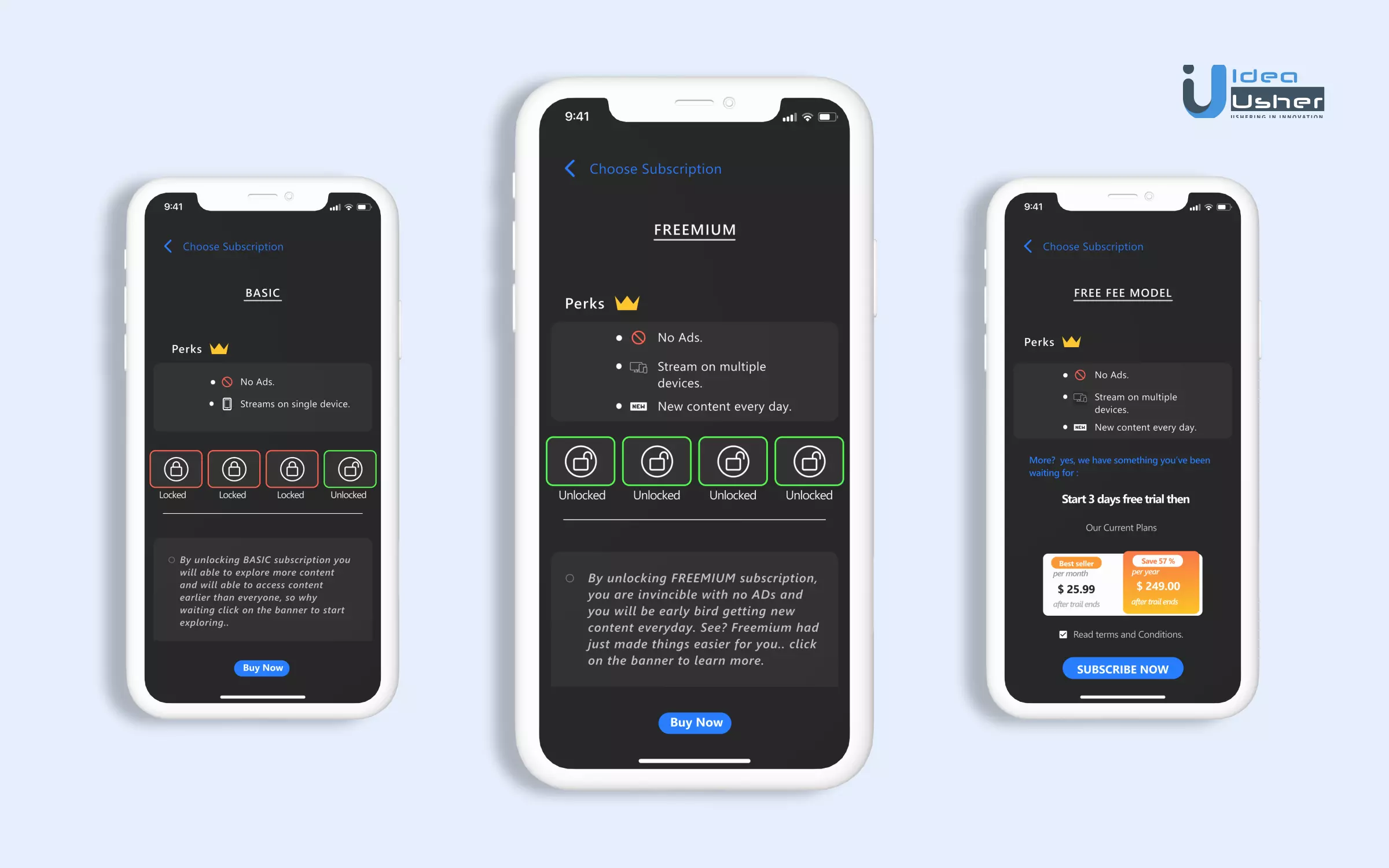Do you want to know how to make subscription-based apps? You are on the right page. We will walk through the types of models used. We will also discuss the pros and cons of apps that run on membership-based models.
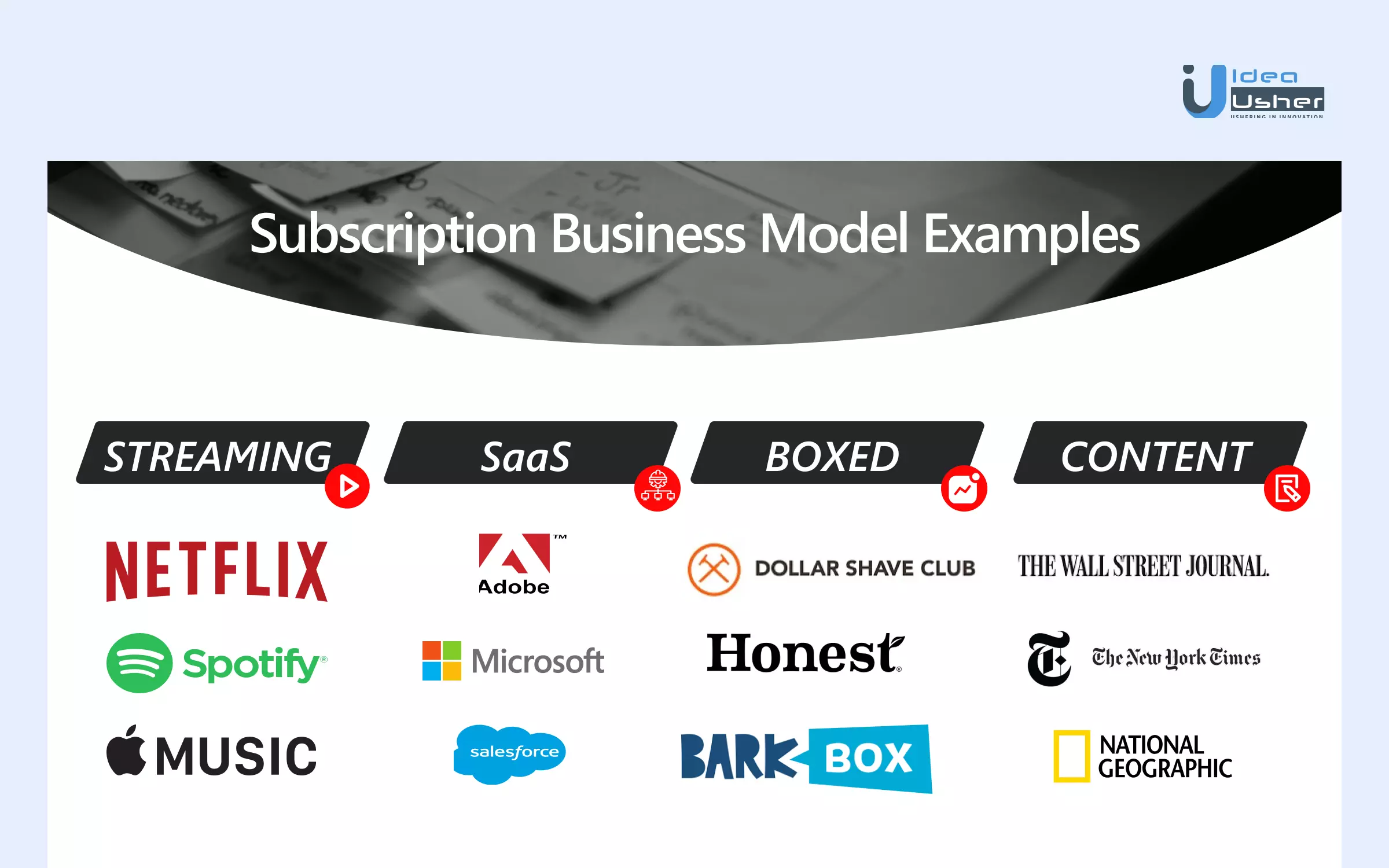
“What’s the future of apps?”
“Does it involve in-app purchases and micropayments?”
“Massive data collection and targeted ads based on your Facebook likes?”
Yes, yes, and yes. But there’s more to app monetization than that. Read on to more.
At a glance:
| Applicable app categories | Video on demand apps, music streaming apps, ecommerce apps, retail, tourism and travel, online food ordering apps, news apps etc |
| Top companies using subscription model | Netflix, Spotify, Postmates, Disney, Tidal |
| Average US consumers annually | 22.4 million consumers |
| Average US millenial spending on memberships annually | $57.6 billion |
Data source: Harvard Business Review, Statista.
The 4 types of Models Used in Subscription Based Apps
An app can be transformed into a service with the help of an appropriate business model. Five primary types of business models can be followed. These are:
- Free Apps: These apps make revenue from ads shown to users while using the app.
- Freemium Apps: These apps are offered for free. However, the free version includes limited features. To access more features, the users will have to pay a fee. The fee can be recurring (such as every year) or can be a one-time payment.
- On-off Fee: These apps need to be purchased to be installed. Some might require you to pay for major upgrades that are released in the future. However, most apps offer the upgrades for free.
- Subscription: Subscription-based apps can be paid or premium. They offer different services and features for a set fee that needs to be paid every month or year.
Subscription-based app development is creating an application or software which is being paid for membership by users that can be accessed and used by them.
The subscription model is growing in popularity. Companies such as Rdio and Spotify are leading this new way of software distribution. Subscriptions give the user the flexibility to use the service as much or as little as they want.
Subscriptions are more recent developments, expanding into media (Netflix), music (Spotify), and cloud services (Dropbox). According to a report, more than 1 million apps have adopted the business model. Share on X1. Freemium Model:
How does a subscription-based app work? There are several different models, and these are explained in detail below.
A freemium app is first offered for free. If people like the app, they will start paying for it. The basic version of an app here is:
- is free and contains ads,
- in-app purchases,
- or limited functionality to keep them interested
The main advantage of a freemium model is that users can try the app without paying for it first. Freemium also offers developers a way to test their apps with greater freedom. If a developer gives away his app for free and receives a lot of positive feedback, he can be reasonably sure there’s a demand for paid features.
2. Paid Model:
The premium model is the one Apple uses for its App Store, and it’s also the one most promoted by app developers. The idea is that you pay a lot of money upfront—say $20 or $30—and you get to install a whole bunch of apps.
3. Recurring Payment:
It involves paying a monthly or annual fee, usually for access to premium features or extra storage. Apps like Tweetbot, Netflix, and Spotify all subscribe to the service in return for a more compelling experience.
4. Fixed Payment:
Fixed payment apps are subscriptions requiring a flat fee to access the complete content regularly.
Once you’ve bought an app, you can use it forever. You don’t have to pay for upgrades or worry about your subscription running out and losing access to the app.
Pros of Subscription-Based Apps
When people live on their mobile phones, it is easy to feel the need for entertainment. There are many ways to get entertained. However, there are only a few ways to get engaged without annoying ads or interruptions. The apps based on membership models offer this service. Here are the benefits of an app based on a subscription model.
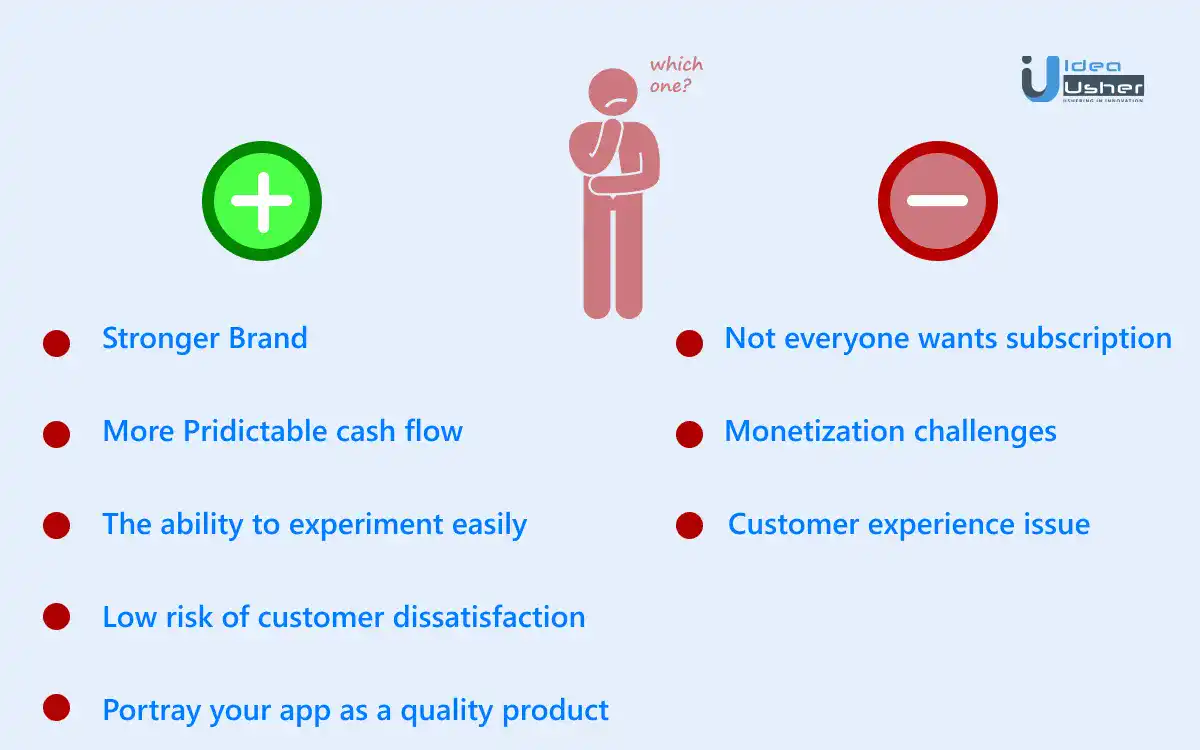
1. Portray your app as a quality product
Subscriptions are a way of getting paid for providing a quality product.
There is no perfect information in the outside world, and we can only infer things about the future from experience. Maybe other people will feel the same way you do, and perhaps they won’t. Consumers are likely to think that paying for your app means paying for quality services.
2. Low risk of customer dissatisfaction
Apps with subscription models have a lower risk of losing customers. A user who is not happy with the app will not want to pay for it anymore. This is why apps like Netflix and Spotify use subscriptions instead of one-time payments. The advantage of membership-based apps is that users are more willing to try new apps.
3. More predictable cash flow
Subscription models provide predictable cash flow for startups. It is a crucial source of the runway, especially for hardware companies. It is because it’s harder to predict the cash flow from a single upfront purchase.
The advantages of predictable cash flow are two-fold:
- First, it reduces your burn rate in the short term, which allows you to spend less on things like salaries and office space.
- Second, it provides a more consistent revenue stream that helps you make better long-term decisions that lead to growth down the road.
4. Stronger brand
Subscription-based apps become stronger brands. Subscription-based apps are inherently more sticky, have a higher retention rate, and close the gap between users and content creators. When you have a membership for an app, you’re paying for a magazine or newspaper subscription. You’re more inclined to read the content regularly because you’re paying for it, and you don’t want to waste your money.
5. The ability to experiment more easily
The main reason to prefer subscription-based models is that they let you experiment more easily. With enough users, you can get feedback that tells you which features are most used, what people like about them, and what can be improved. And if you have to charge for the product, you don’t need to worry so much about the people who find out they don’t like it and stop using it.
6. Increased customer loyalty
Customers are more loyal when they pay a single price for a collection of services rather than being forced to make multiple purchases. They won’t be able to keep up with new features unless they also subscribe to the service. This is especially true if you’re creating something new, where people will learn their habits around the subscription.
Drawbacks of Subscription Based Apps That You Need To Avoid
The membership model is attractive for a developer because it provides cash flow. This can be helpful in the early stages when you have limited resources, but it can also be risky if you build a long-term business. Here are some of the drawbacks of such a model.
1. Not everyone wants a subscription.
Some people are opposed to subscriptions because they don’t like being locked into an app that they might not often use enough or much in the future. Others don’t have the money.
2. Monetization challenges
For developers, subscriptions are more challenging. You need to invest in creating your product before you can start earning money from it. It means that if you don’t get the subscription model right, you will lose money — or even go bankrupt. That’s even before you ever make your first sale! And once customers have bought your app, there’s no guarantee they’ll renew their subscription in time to give you an income next month.
3. Customer experience issues
Subscription-based apps mean you’re dependent on your users always having an active credit card, which can be problematic in different situations.
If you are a user of the service and have an active credit card, it’s great. However, if you lose your credit card or switch to a new one, you can’t use the service unless you go through a verification process.
Development Process of Subscription-Based Apps
The subscription app market is increasing, but this growth brings new challenges. While there are many tips and tricks to make the process easier, they require substantial effort. In the steps below, we have focused on the essentials – what you need to do to get your app off the ground.
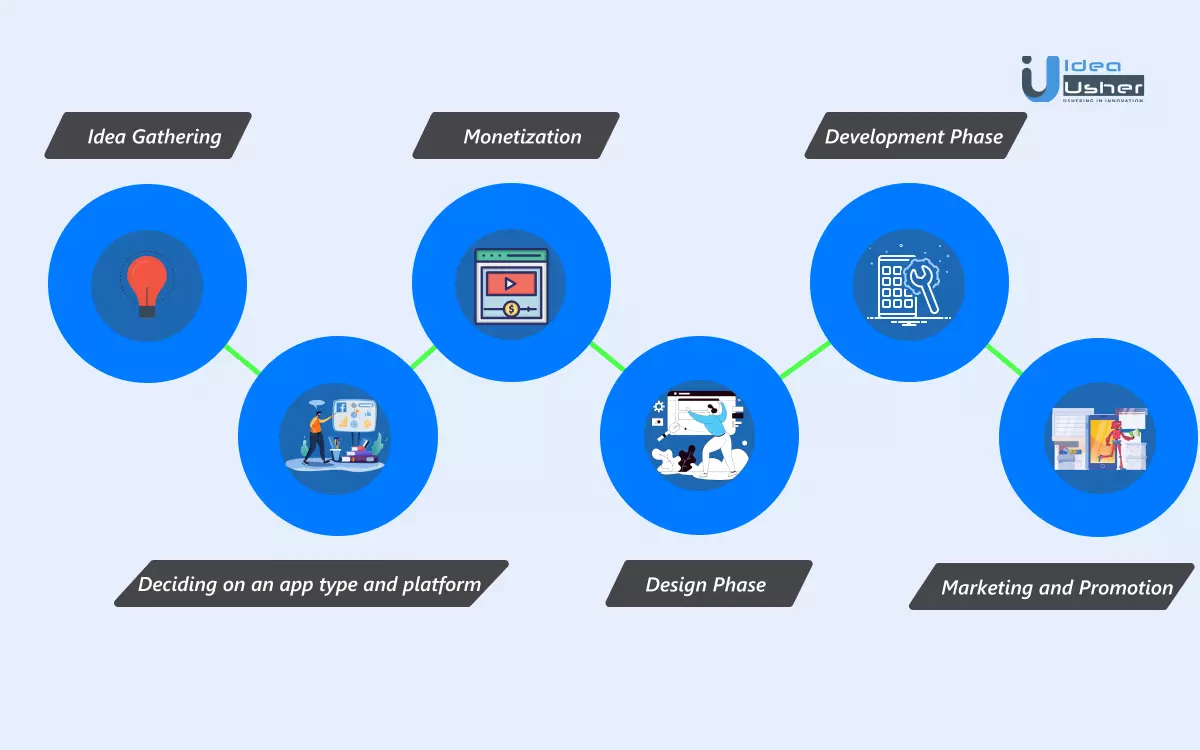
1. Idea Gathering
Idea gathering is the first step of creating an app. This is where we decide on the app’s purpose and how the user will use it. We also decide on features to include in the app and what will be left out.
2. Deciding on an app type and platform
Many companies offer similar products and services, but some things make them unique.
- The best way to get your app noticed is to make what you provide stand out from the crowd.
- And for you to do that, you need to plan and know what you offer, why it’s excellent and what makes it different from the rest of the competition.
Treat your app as a product. You need to decide how it should work, who will use it and how much money you want to make from it. But before even thinking about those details, pick a platform to build your app. It’s a good idea to look at your competitors’ apps and see which ones perform better in terms of downloads and user engagement, then try to figure out why they did better than yours.
3. Monetization
The most basic subscription model is to charge users once after downloading the app. For example, Netflix offers iPhone, iPad, and iPod Touch apps that let mobile users watch unlimited streaming movies and TV shows. The app is free, but a subscription must be purchased to use it on multiple devices simultaneously.
4. Design Phase
A good development plan can save you time and money. The initial phase of the app development is called the Design Phase. In this phase, the development team will discuss your project with you and understand your needs; then, they will finalise a design for your app. You can streamline the process by hiring the experienced developers housed by Idea Usher.
5. Development Phase
Once the design of your app is finalised, the developers will move into the second phase of the development process. This is called the Development Phase. In this phase, they will develop your app and write the code. Once the MVP is created, they will move on to the testing phase. Here, they test all features of your app before publishing it for end-users. Once you and the developers are sure everything works great, they post it on Google Play, the Apple App store, or the chosen platform.
6. Marketing and Promotion
It can be pretty challenging to maintain both active users and a profitable business model simultaneously! But with good marketing, robust retention strategies, and a clear understanding of your users’ needs, you can succeed.
Unlike a one-time purchase or even an app that sells in-app purchases, subscription apps involve a recurring payment for access to the service. The success of such an application is dependent on the loyalty of its users. As users, when we like an application, we tend to stick to it for a long time. Thus, even after the app’s development phase is complete, the app needs to be updated regularly to provide the latest features to the customers. It will also be useful for a business to consider time take to build mobile app & start their marketing activity before launch of an app.
Customer Management in Subscription Based Apps
In subscription-based apps, the overarching goal is to obtain and maintain a subscriber base. This sounds simple enough, but it’s not. The artful execution of customer management is key to the success of any subscription-based app.
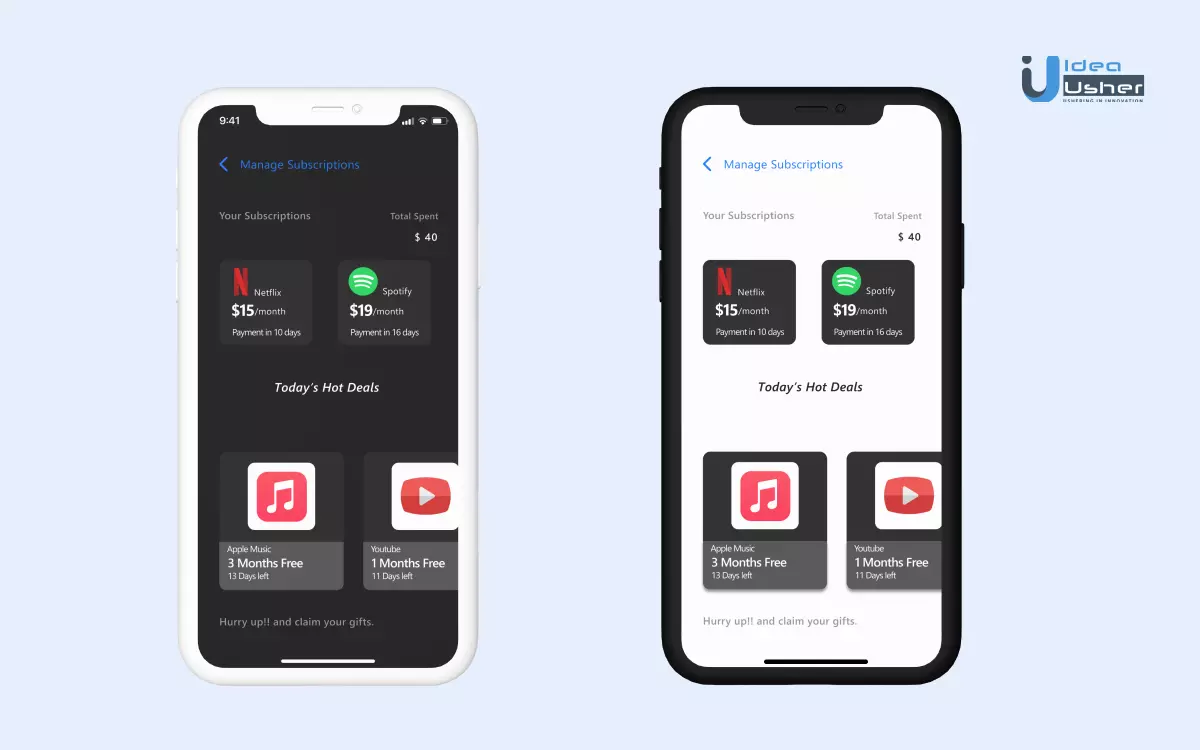
1. Onboard Customers
When you introduce your product to new customers, onboarding is the process of teaching them how to use it. This can be as simple as a walkthrough or as complicated as training a customer on multiple levels. For example, suppose you’re selling a fitness app. In that case, you could provide an introductory email with links to videos for the different groups of users or even create an online course for users who are more serious about their health and fitness.
2. Self-direct from Website
After making payment, you want to direct the user to your app. One way to do this is with a thank-you screen on your website. Many websites have a “thank you” message and link at the bottom or an option for users to “submit” their order in the checkout process.
3. Delivery Subscription Services
The key to customer retention is understanding your customers and delivering the services they signed up for.
To increase customer loyalty and support the longest possible subscription period, you need to ensure that their customers can always receive the service they subscribed for.
4. Manage Recurring Billing
You can implement a system that will automatically renew the subscription every month (or year) for recurring payments.
Add a reminder, so users don’t miss their bill. As soon as the payment processing is finished and the subscription plan is activated, let your user know that they have two days before their following statement will be charged. This gives them a chance to skip or cancel their plan if they don’t want it anymore.
5. Monitor Marketing Campaign
Monitoring your marketing campaign is a crucial technique to improve your campaigns. You can do so by looking at the number of conversions or leads from each channel.
If you are not getting enough results, you should consider changing the channel or increasing your budget. If you are getting a good number of conversions but no leads, you may need to change something about your landing page.
6. Upsell and Cross-sell Subscription Services
Many subscription services are built around a core product with an upsell and cross-sell strategy.
Trying to make money off each customer is challenging, but the sky’s the limit if you can create multiple products that work together. For example, a health supplement company might sell individual vitamins, protein powders, workout programs, and juicers, which can be upsold at checkout.
7. Self-service Panel for Customers
It enables them to pay any outstanding invoices, change their email address and password, checks on the status of orders, add new products to their basket, and much more.
The administrator controls access to this panel, and the customer has to be invited personally. This gives great flexibility for both sides of the business and enables you to handpick who can use it.
8. Manage Sales and Renewals
It’s a good idea to check in with your customers after they’ve had a chance to use their products. For example, if you send out a monthly subscription box, you can follow up with customers after the first month to ensure they’re still satisfied.
9. Monitor Analytics
Monitoring your analytics is more vital than ever if you want to grow your business. In today’s digital world, data is king, and both small and large companies need to monitor all of the data from every marketing channel.
Details such as bounce rate, time on site, page views, and repeat visitors are essential to keep track of significantly when growing your business. You can use the data from your analytics reports to decide what content works best for your audience.
Last Words
The membership-based app business model is not new. The idea of subscription-based software has been around for a long time; some of the first products released using this model were games like “Dungeon Keeper” and “Theme Park,” which offered unlimited access to a game’s content for a monthly fee.
The primary benefit of this app monetization strategy is that it allows developers to earn recurring revenue from a customer base that they can continuously engage with. It also lowers the barrier for entry into the market because customers don’t have to purchase an entire app upfront but can instead sign up for an initial free trial or use an in-app purchase to unlock premium features.
You can develop a subscription-based app with its unique features and USP with experienced developers at Idea Usher.
A Skilled Developer For Every Project
Trusted by 100+ clients
